In a small apartment above a decrepit movie theatre in early 1960s Baltimore lives a woman named Elisa Eposito (Sally Hawkins). A childhood left her without vocal chords, so she communicates exclusively in sign language. Every night like clockwork she takes the bus to a government research facility outside the city where she works as a member of the cleaning staff. One night she catches a glimpse of the facility’s newest research project being wheeled in: a bizarre fish-like humanoid referred to as “the Asset” (Doug Jones). What follows is quite probably one of the strangest love stories in the history of cinema.
The Shape of Water is one of those movies where you have to accept the base concept or you can’t go anywhere with the movie; namely, a mute woman falling in love with a fish man. But while this easily could have fallen into the realm of camp, it doesn’t. The first reason for this is the screenplay, expertly written by del Toro and Vanessa Taylor. As bizarre as it sounds, this is one of the most touching romance films I’ve seen in quite some time, being built off the kinship Elisa feels with the Asset due to their shared status as outcasts. Interestingly, although the story is built around del Toro’s trademark whimsy and eccentricity, it is significantly less dark that most of his previous work. Though there are certainly some horrific moments in the film, most of them based around the horror that humans can inflict on those they perceive as different from them. It definitely channels elements of Pan’s Labyrinth in this regard, but in sum total it is second only to his giant robot movie Pacific Rim in terms of a light tone.
But what really brings the story to life is the phenomenal acting. Sally Hawkins gives an amazing performance in which all her lines are delivered by subtitled sign language, along with expert physical acting such as facial expressions and other things that are generally overlooked in a normal acting role. I fully expect her to get a nomination for Best Actress at the Oscars this year. Doug Jones also showcases his amazing physical acting, delivering a great performance under huge amounts of practical special effects, although the characters general silence (both in terms of vocalization and sign language) prevents him from shining as bright as he could have. Michael Shannon delivers a great performance as the film’s antagonist Richard Strickland, who personifies the more unfortunate aspects this era of American history including sexism, racism, and just general fear of anyone different from ourselves, though the well-written script prevents him from ever falling into strawman or card-carrying villain territory. The supporting cast is rounded out by a great performance by Richard Jenkins as Elisa’s closeted artist neighbor Giles, Michael Stuhlbarg as the chief scientist investigating the Asset with a big secret he keeps from his employers and Octavia Spencer as Elisa’s coworker Zelda, although I think she was a bit underutilized in the film.
Finally, the film is absolutely gorgeous and extremely evocative of the 1960s in which it is set. The sets are wonderfully constructed and manage to summon up both a warm art-deco feel and a cold sterility in the case of the research facility. The film effortlessly blends his retro aesthetic with del Toro’s trademark magic in a similar manner that Pan’s Labyrinth and Crimson Peak adapted to their eras. And like the former of those films, The Shape of Water does not shy away from the uglier aspects of its history, prominently showing how sexism, racism, and homophobia shaped the lives of countless people, not even to mention the oppressive weight of the Cold War looming over everything. It’s a wonderful, if unconventional, period piece and a fascinating look at a more fantastical version of a well-visited era in cinema.
The Shape of Water is a beautiful film in every sense of the world. Visual splendor combines with stellar acting, a tight script, and del Toro’s unique magic to craft a romance film wholly unlike what anyone expects to see in their local theatres in the 21st century. Whether you’re a fan of del Toro himself, romance, fantasy, period pieces, or simply unique storytelling, you can’t go wrong with this movie. Give it a shot, you won’t be disappointed.
Grade: A
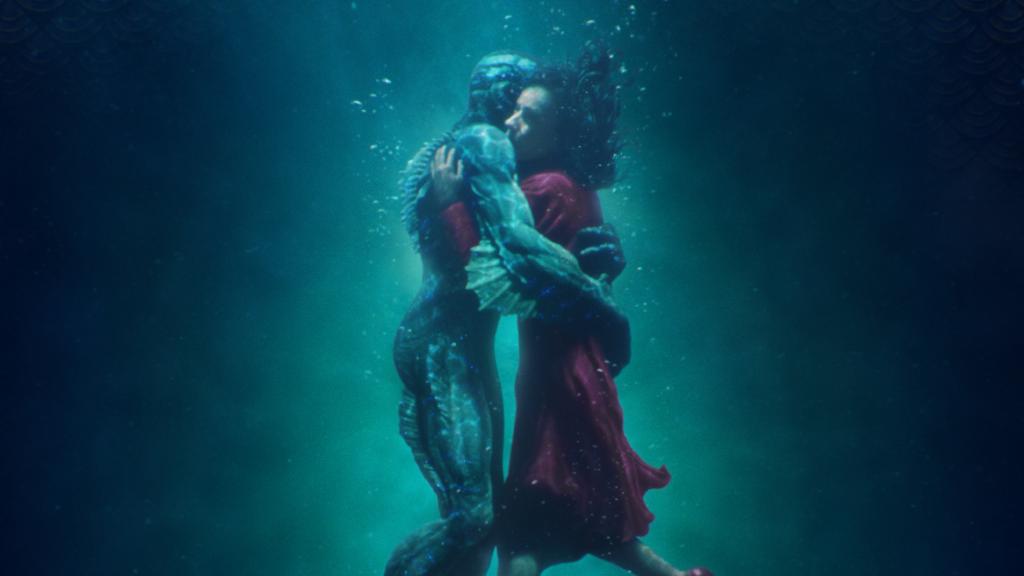
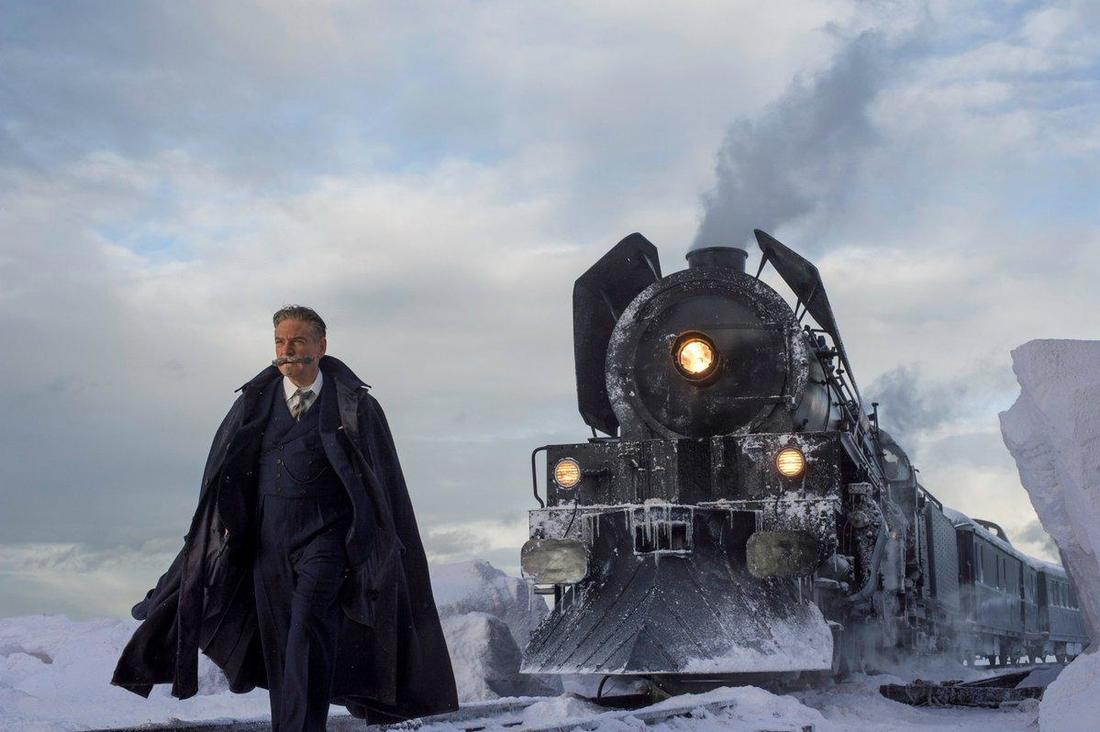
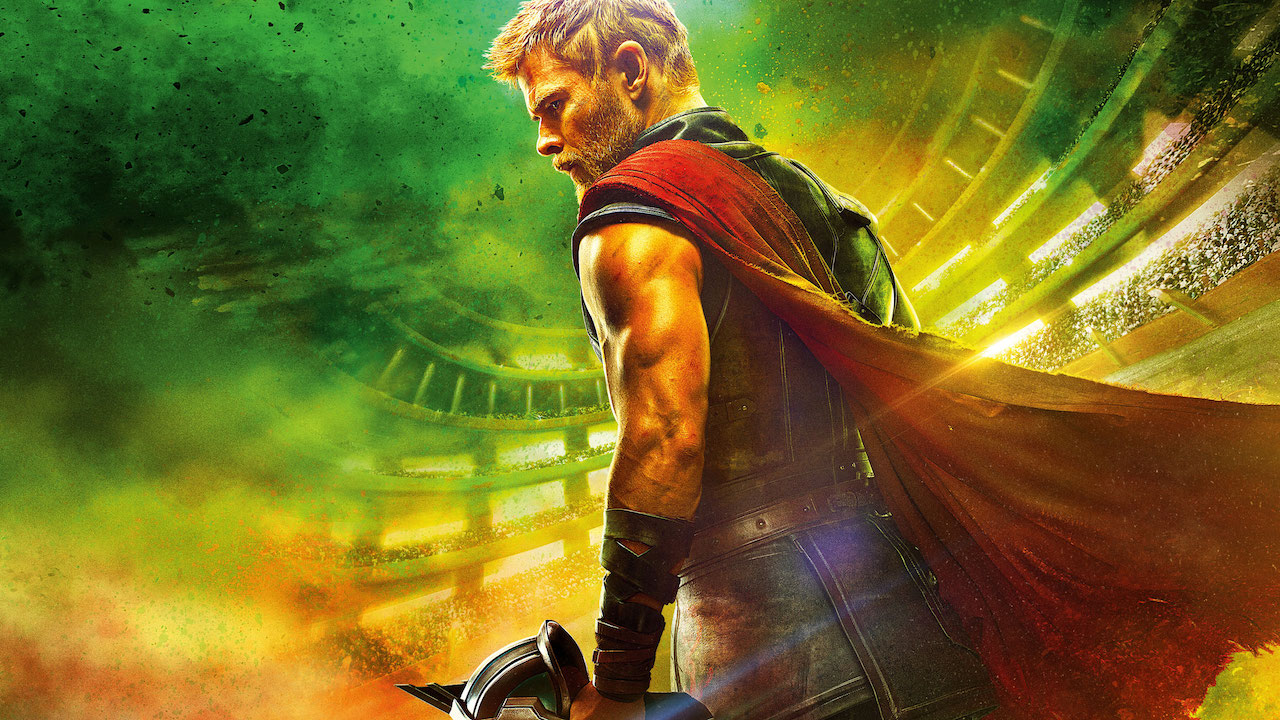
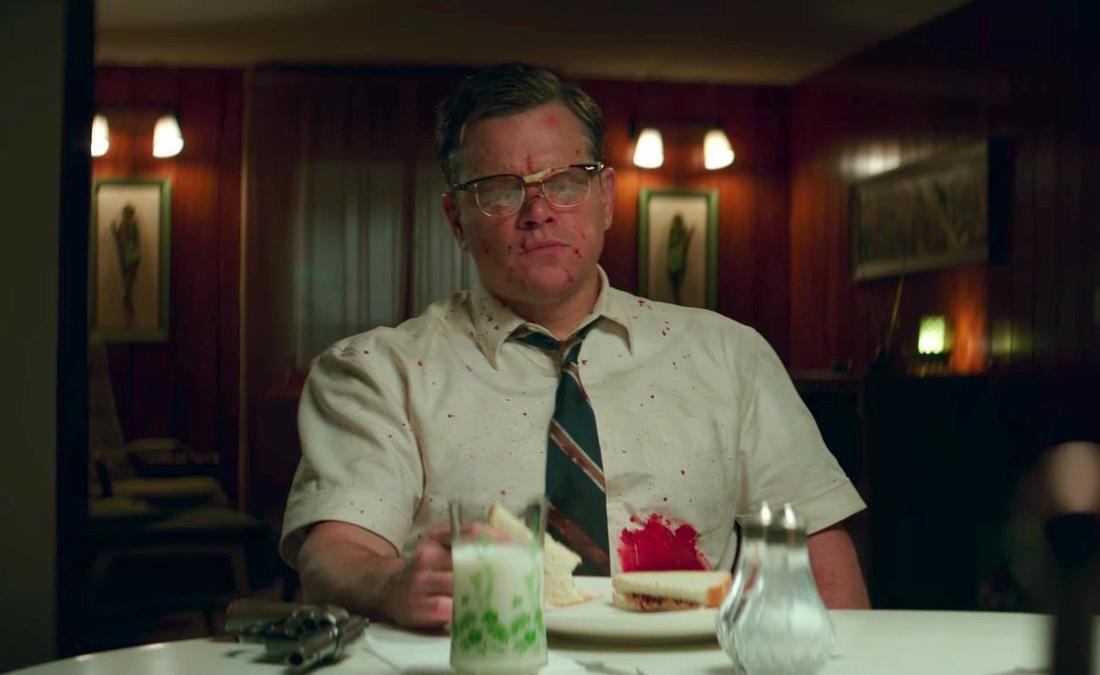

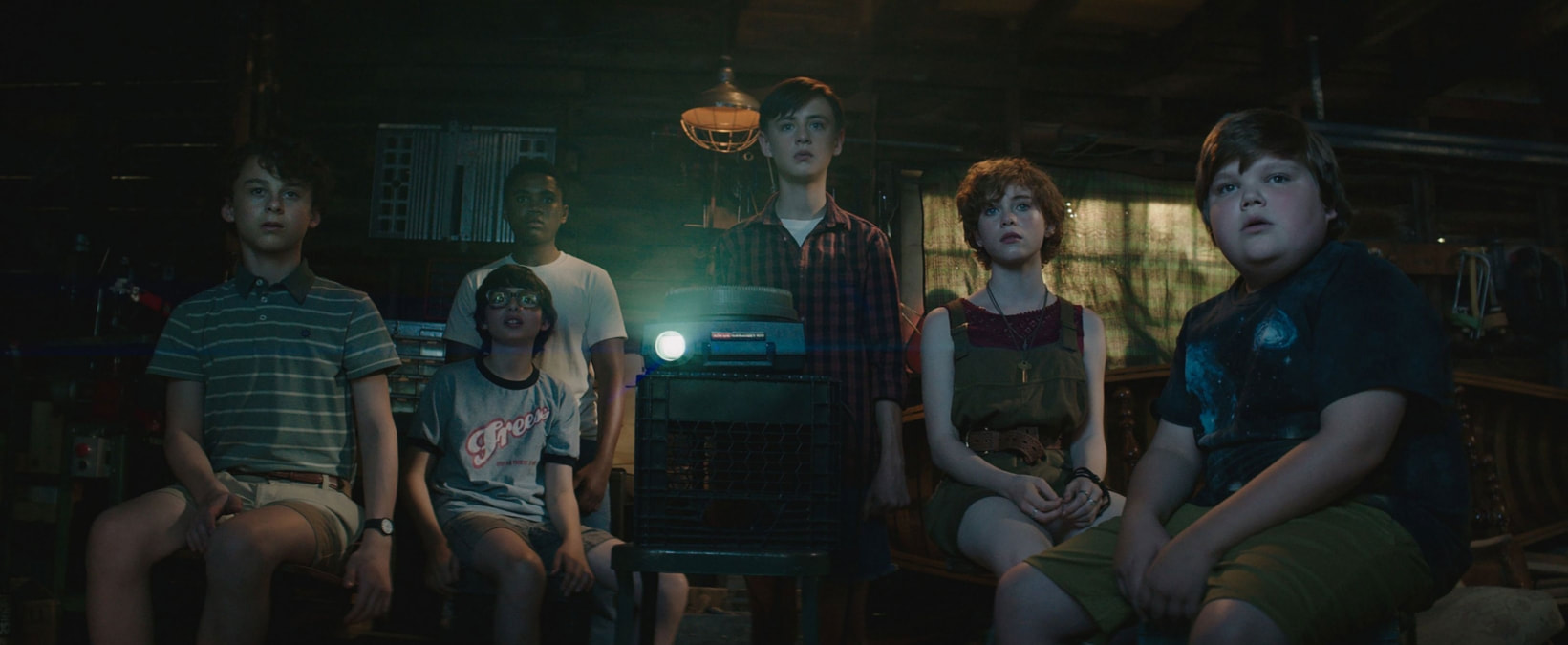
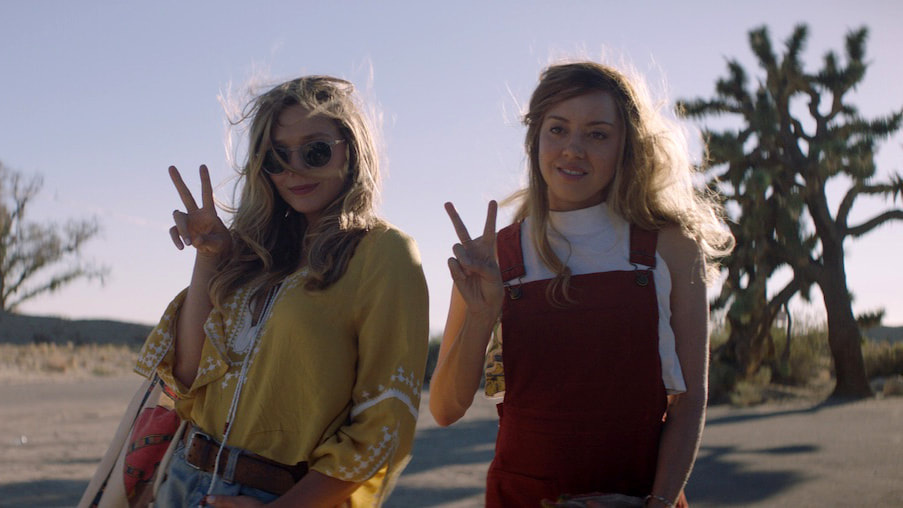
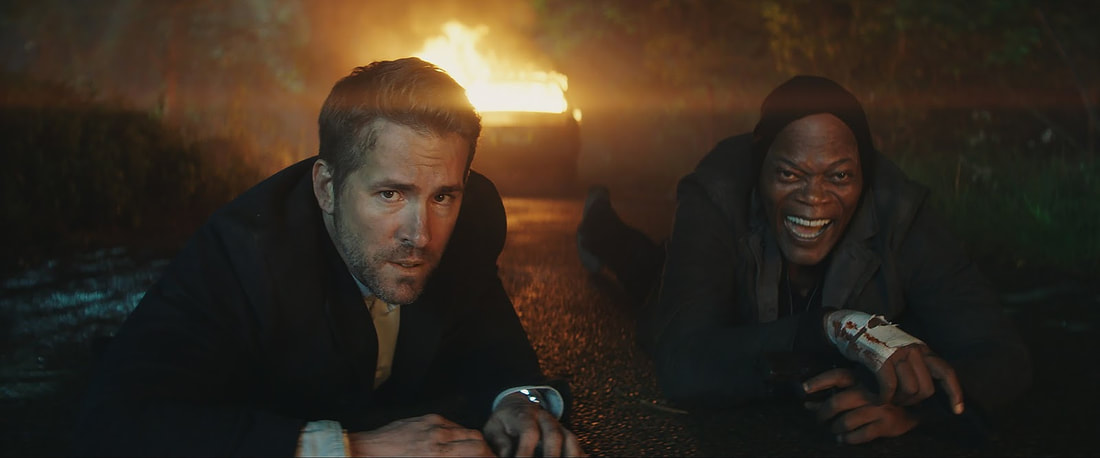
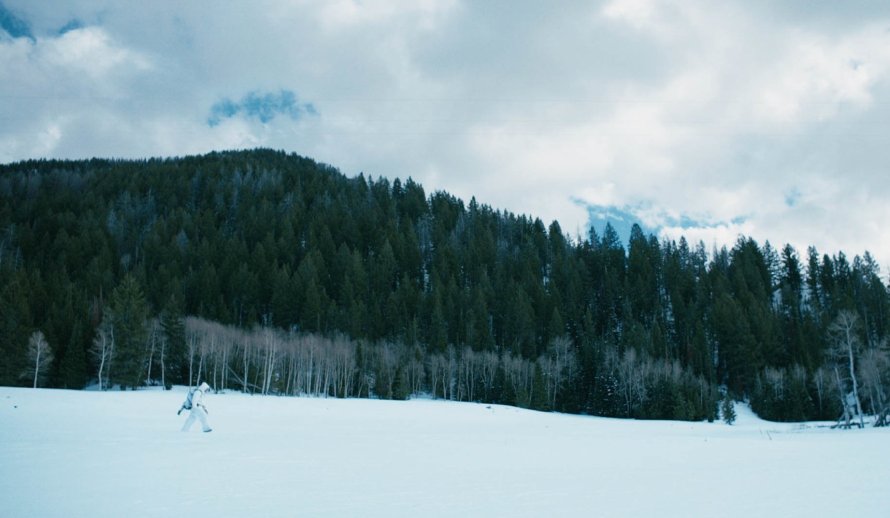
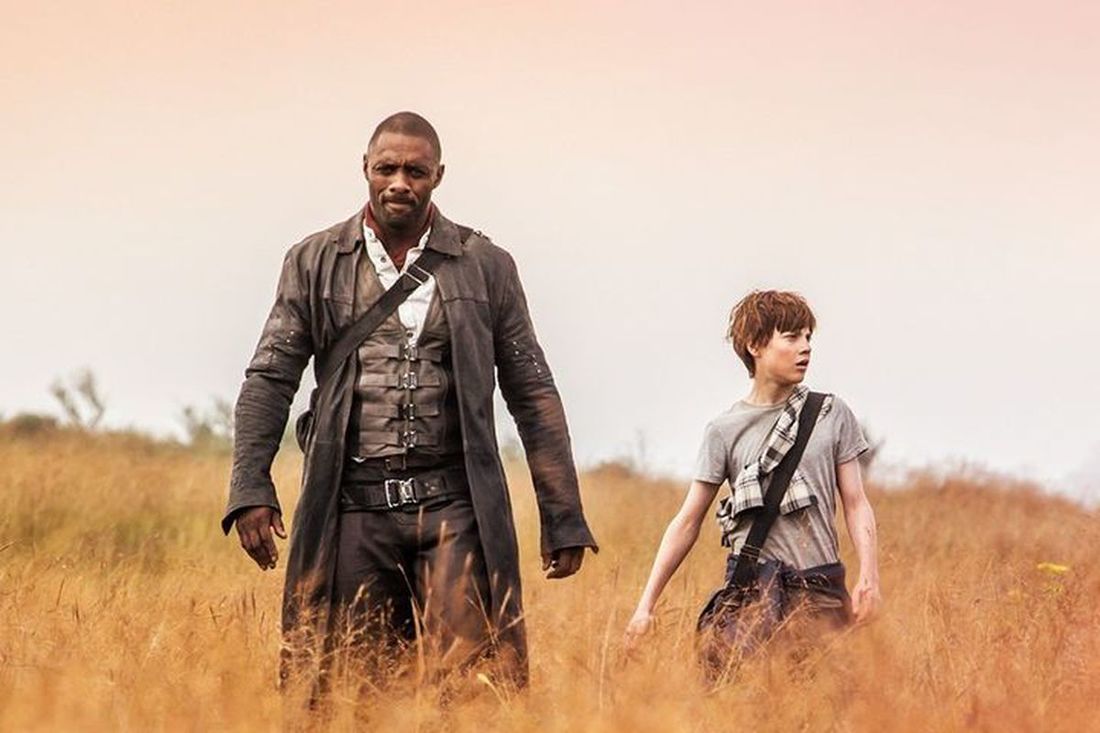
 RSS Feed
RSS Feed
